Hyundai is in progress to achieve carbon neutrality by 2045
By neutralising CO₂ emissions at all stages of production and operation.
In progress with positive energy.
Our vision “progress for humanity” is based on a determination to ensure universal mobility while supporting an emission-free society. From electrifying our entire line-up, to the launch of the IONIQ line-up brand and our over 20 years of research into hydrogen technology, we have consistently led the way for change toward a more sustainable value chain. We firmly believe that the automobile industry has a great responsibility and opportunity to take actions against climate change. We promise to continue our journey for humanity and future generations - a journey of constant improvement across four key areas.
Expecting Generation One.
Generation One is our term for the first generation who will live in a carbon-neutral world. The efforts we make today to build a cleaner, more sustainable future will help ensure this generation inherent a world worth protecting and living in.
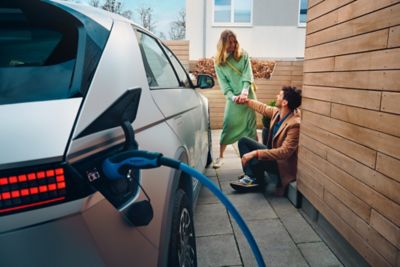

Electrification
Electrification of new vehicles.
Transportation is responsible for roughly 20% of global carbon emissions, more than 70% of which derive from road transport, including cars. Electric vehicles have the potential to drastically reduce carbon emissions from personal transportation, and increasing the share of Hyundai vehicles sold powered by electric powertrains, forms a key milestone in our carbon neutrality efforts.
Investments in platform technology and charging infrastructure.
Hydrogen
Building a hydrogen society.
Hydrogen is more than an alternative fuel source. As one of the most abundant elements in the universe, hydrogen offers a long-lasting solution to the issues facing the energy sector today. From production and distribution to hydrogen use in private cars, trucks, buses and all manner of mobility, Hyundai is invested in establishing hydrogen as a familiar and widely-used energy across our entire society. This energy source has the potential to transform not only transportation but all aspects of our lives and industry. The future of Hydrogen has never been more promising.

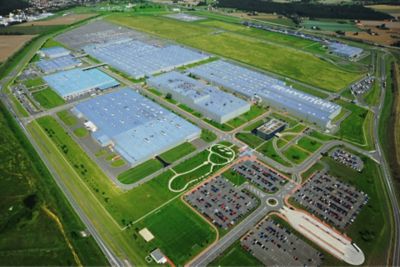
Supply Chain
Carbon neutrality from production to operation.
Our pledge to reduce carbon emissions across our entire business goes further than our efforts to boost electrification and hydrogen technology. We also accept our responsibility to improve our manufacturing and business practices, increasing energy efficiency and shifting toward renewable sources of energy.





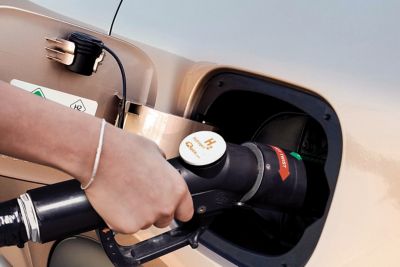
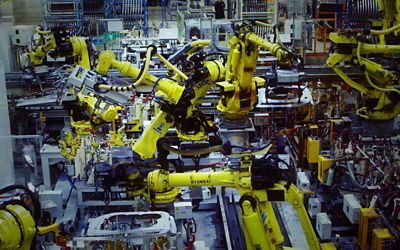

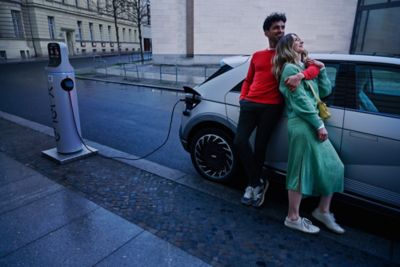





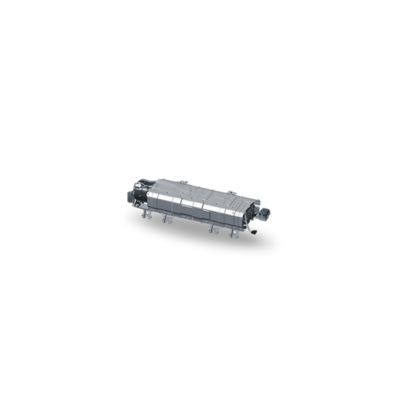
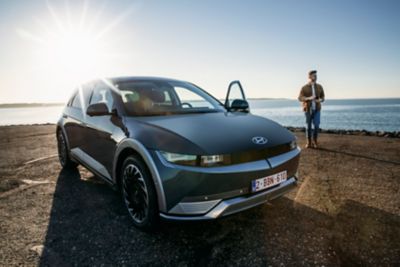

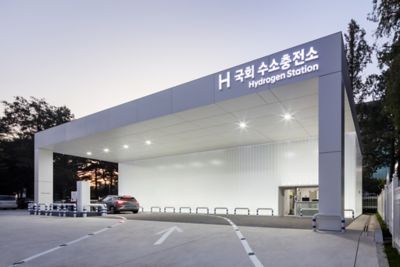
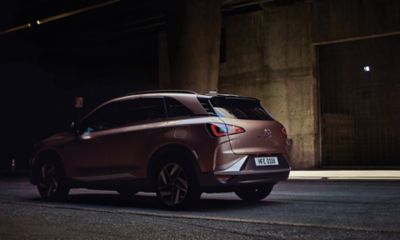
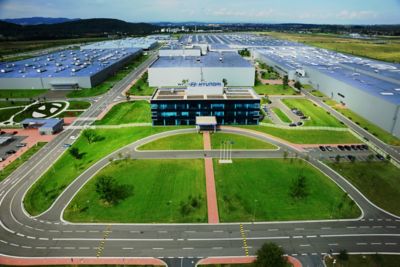


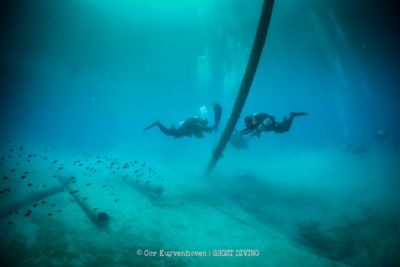
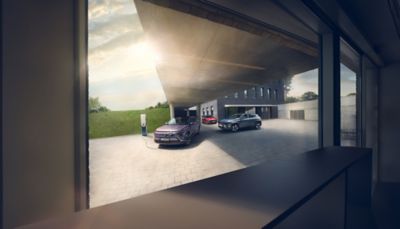
Social responsibility projects to reduce waste and carbon emissions.
Recovering plastic waste.
Use of recycled materials.
Re:Style.